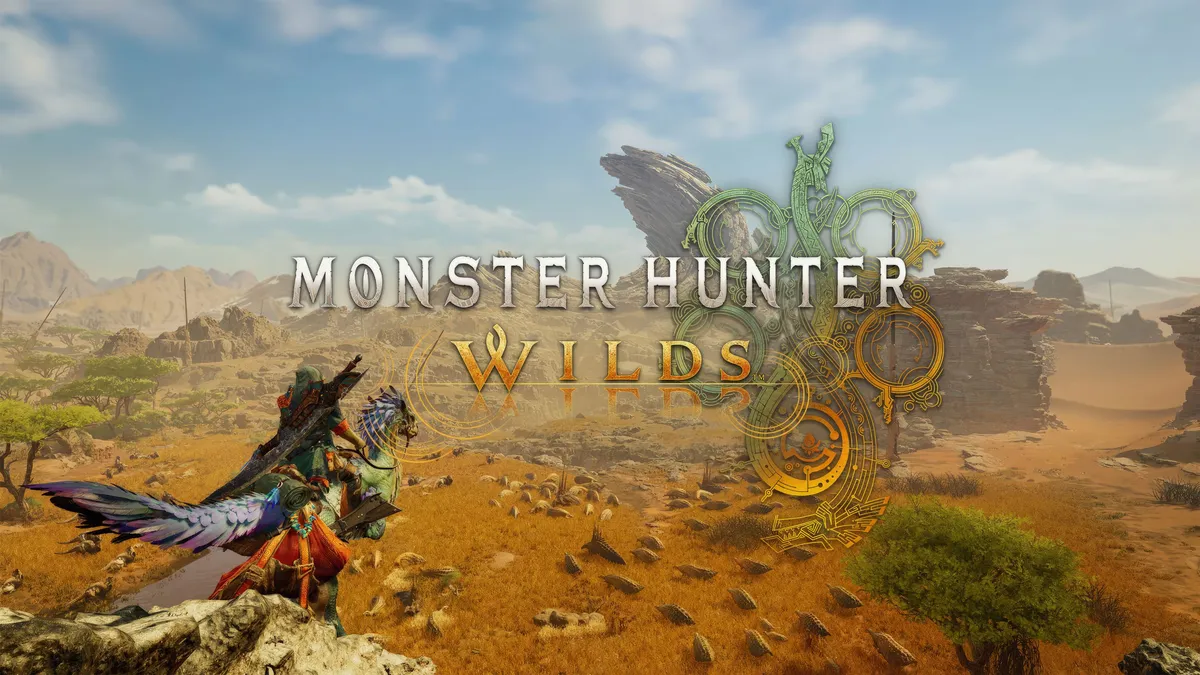
Monster Hunter Wilds stands as a commendable addition to the popular series, yet it faces significant challenges in delivering a technically sound experience on consoles. Both the PlayStation 5 and Xbox Series consoles suffer from image quality and performance issues, impacting the overall gaming experience.
Earlier today, tech experts at Digital Foundry released an in-depth analysis of the console versions of the latest series entry, which launches this week. The analysis covers the three display modes available on the PlayStation 5 and Xbox Series X, highlighting their impact on resolution and performance.
Among the three modes, Resolution mode is the only one capable of delivering a consistent 60 FPS gameplay experience. This mode targets a 900p resolution but utilizes dynamic resolution scaling that can drop as low as 720p during demanding sequences and rise to 1080p in less intensive situations. The low resolution affects image quality notably, with the Performance mode suffering from even blurrier visuals and evident visual settings cutbacks, such as aggressive LOD behavior and simplified screen space reflections. The game uses AMD FSR 1 for upscaling to 4K resolution, but the absence of a temporal upsampling process further deteriorates visual quality.
The performance of Monster Hunter Wilds on consoles leaves much to be desired. The Performance mode fails to maintain a smooth 60 FPS gameplay, with frequent dips below the target that can only be mitigated on a VRR-capable display. Both Resolution and Balanced modes perform better in maintaining their 30 and 40 FPS targets, though they still experience occasional drops. The uncapped framerate option seems ineffective, as all display modes generally stick to their framerate targets, with only sporadic performance improvements during lighter sequences.
Given the challenges faced by more powerful current-generation systems, it is unsurprising that Monster Hunter Wilds performs worst on the Xbox Series S. This version suffers from the poorest image quality, with even more visual cutbacks than the Performance mode, including the complete removal of screen space reflections and lower texture quality. Additionally, it experiences frequent framerate drops from the 30 FPS target, which is far from ideal for a game of this nature.